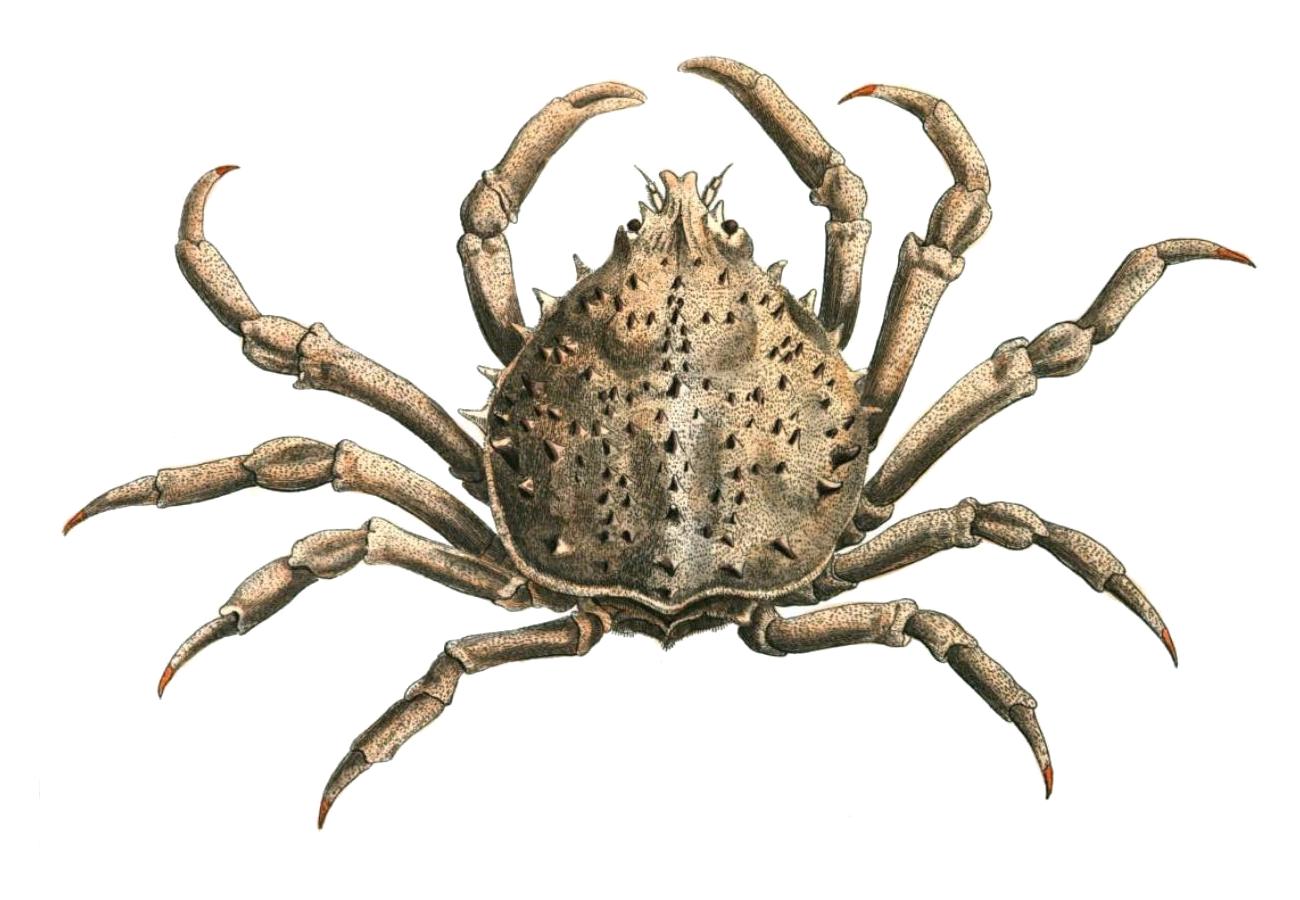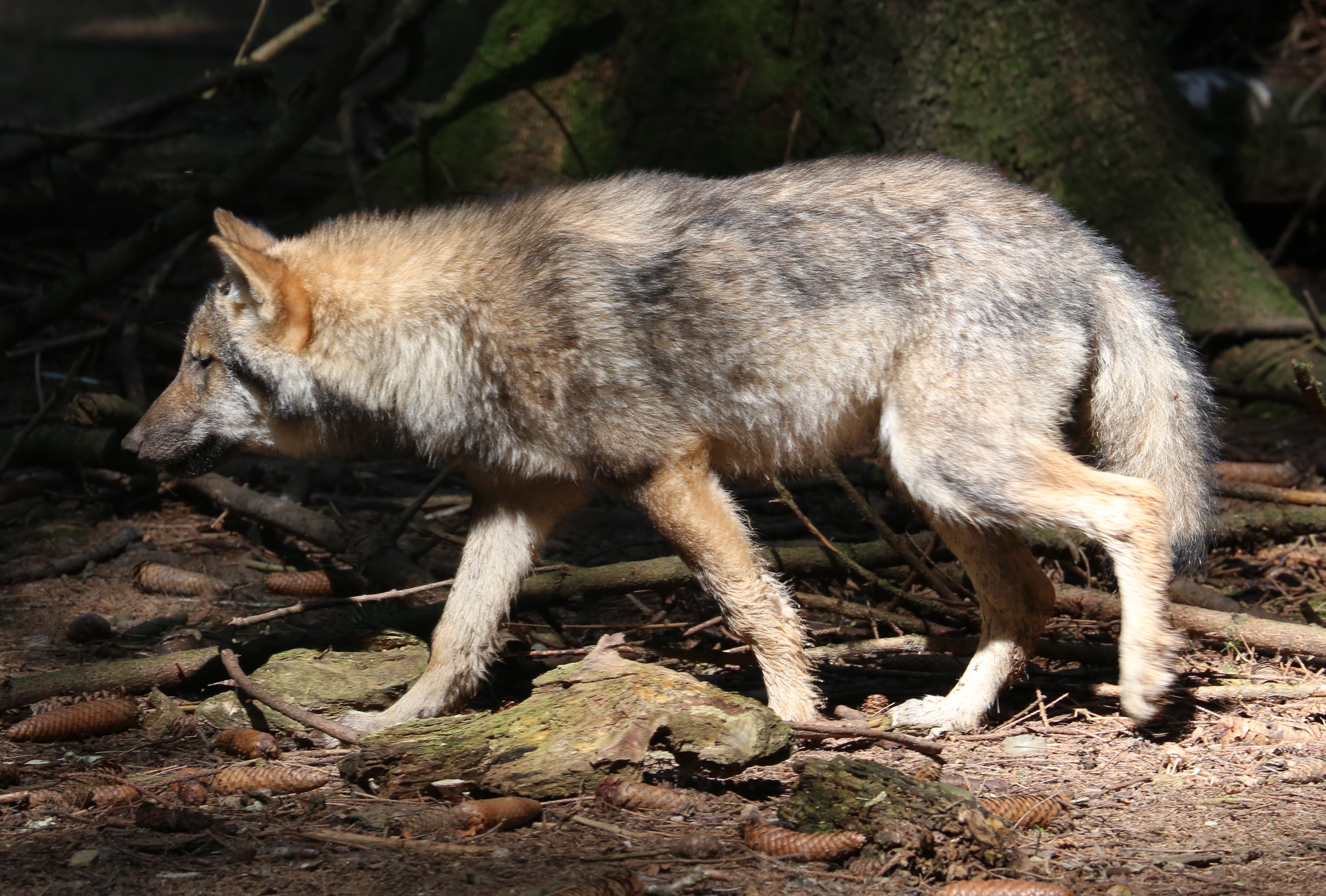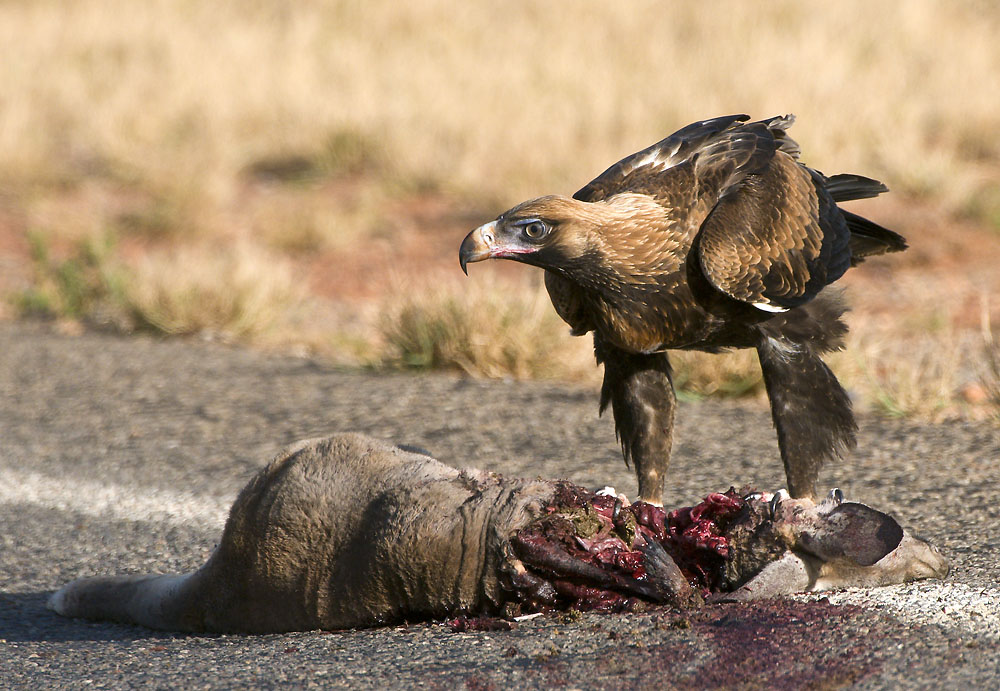|
Birgus Latro
The coconut crab (''Birgus latro'') is a terrestrial species of giant hermit crab, and is also known as the robber crab or palm thief. It is the largest terrestrial arthropod known, with a weight up to . The distance from the tip of one leg to the tip of another can be as wide as . It is found on islands across the Indian and Pacific Oceans, as far east as the Gambier Islands, Pitcairn Islands, and Caroline Island, and as far west as Zanzibar. While its range broadly shadows the distribution of the coconut palm, the coconut crab has been extirpated from most areas with a significant human population such as mainland Australia and Madagascar. The coconut crab is the only species of the genus ''Birgus'', and is related to the other terrestrial hermit crabs of the genus ''Coenobita''. It shows a number of adaptations to life on land. Juvenile coconut crabs use empty gastropod shells for protection like other hermit crabs, but the adults develop a tough exoskeleton on their abdomen ... [...More Info...] [...Related Items...] OR: [Wikipedia] [Google] [Baidu] |
William Elford Leach
William Elford Leach (2 February 1791 – 25 August 1836) was an English zoologist and marine biologist. Life and work Elford Leach was born at Hoe Gate, Plymouth, the son of an attorney. At the age of twelve he began a medical apprenticeship at the Royal Devon and Exeter Hospital, Devonshire and Exeter Hospital, studying anatomy and chemistry. By this time he was already collecting marine animals from Plymouth Sound and along the Devon coast. At seventeen he began studying medicine at St Bartholomew's Hospital in London, finishing his training at the University of Edinburgh before graduating Doctor of Medicine, MD from the University of St Andrews (where he had never studied). From 1813 Leach concentrated on his zoological interests and was employed as an 'Assistant Librarian' (what would later be called Assistant Keeper) in the Natural History Museum, London, Natural History Department of the British Museum, where he had responsibility for the zoological collections. Here ... [...More Info...] [...Related Items...] OR: [Wikipedia] [Google] [Baidu] |
Local Extinction
Local extinction, also extirpation, is the termination of a species (or other taxon) in a chosen geographic area of study, though it still exists elsewhere. Local extinctions are contrasted with extinction, global extinctions. Local extinctions mark a change in the ecology of an area. It has sometimes been followed by a replacement of the species taken from other locations, such as with wolf reintroduction. Discussion Glacial period, Glaciation is one factor that leads to local extinction. This was the case during the Quaternary glaciation, Pleistocene glaciation event in North America. During this period, most of the native North American species of earthworm were killed in places covered by glaciation. This left them open for colonization by European earthworms brought over in soil from Europe. Species naturally become extinct from islands over time; this can be either local extinction if the species also occurs elsewhere, or in cases of endemism, island endemism, outright ex ... [...More Info...] [...Related Items...] OR: [Wikipedia] [Google] [Baidu] |
Carrion
Carrion (), also known as a carcass, is the decaying flesh of dead animals. Overview Carrion is an important food source for large carnivores and omnivores in most ecosystems. Examples of carrion-eaters (or scavengers) include crows, vultures, humans, hawks, eagles, hyenas, Virginia opossum, Tasmanian devils, coyotes and Komodo dragons. Many invertebrates, such as the Silphidae, carrion and burying beetles, as well as maggots of Calliphoridae, calliphorid flies (such as one of the most important species in ''Calliphora vomitoria'') and Flesh-fly, flesh-flies, also eat carrion, playing an important role in recycling nitrogen and carbon in animal remains. Carrion begins to decay at the moment of the animal's death, and it will increasingly attract insects and breed bacteria. Not long after the animal has died, its body will begin to exude a foul odor caused by the presence of bacteria and the emission of cadaverine and putrescine. Carrion can harbor many infectious and diseas ... [...More Info...] [...Related Items...] OR: [Wikipedia] [Google] [Baidu] |
Pith
Pith, or medulla, is a tissue in the stems of vascular plants. Pith is composed of soft, spongy parenchyma cells, which in some cases can store starch. In eudicotyledons, pith is located in the center of the stem. In monocotyledons, it extends only into roots. The pith is encircled by a ring of xylem; the xylem, in turn, is encircled by a ring of phloem. While new pith growth is usually white or pale in color, as the tissue ages it commonly darkens to a deeper brown color. In trees pith is generally present in young growth, but in the trunk and older branches the pith often gets replaced – in great part – by xylem. In some plants, the pith in the middle of the stem may dry out and disintegrate, resulting in a hollow stem. A few plants, such as walnuts, have distinctive chambered pith with numerous short cavities (see image at middle right). The cells in the peripheral parts of the pith may, in some plants, develop to be different from cells in the rest of the pith. Thi ... [...More Info...] [...Related Items...] OR: [Wikipedia] [Google] [Baidu] |
Insect
Insects (from Latin ') are Hexapoda, hexapod invertebrates of the class (biology), class Insecta. They are the largest group within the arthropod phylum. Insects have a chitinous exoskeleton, a three-part body (Insect morphology#Head, head, Thorax (insect anatomy), thorax and abdomen (insect anatomy), abdomen), three pairs of jointed Arthropod leg, legs, compound eyes, and a pair of antenna (biology), antennae. Insects are the most diverse group of animals, with more than a million described species; they represent more than half of all animal species. The insect nervous system consists of a insect brain, brain and a ventral nerve cord. Most insects reproduce Oviparous, by laying eggs. Insects Respiratory system of insects, breathe air through a system of Spiracle (arthropods), paired openings along their sides, connected to Trachea#Invertebrates, small tubes that take air directly to the tissues. The blood therefore does not carry oxygen; it is only partly contained in ves ... [...More Info...] [...Related Items...] OR: [Wikipedia] [Google] [Baidu] |
Convergent Evolution
Convergent evolution is the independent evolution of similar features in species of different periods or epochs in time. Convergent evolution creates analogous structures that have similar form or function but were not present in the last common ancestor of those groups. The cladistic term for the same phenomenon is Cladogram#Homoplasies, homoplasy. The recurrent evolution of flight is a classic example, as flying pterygota, insects, birds, pterosaurs, and bats have independently evolved the useful capacity of flight. Functionally similar features that have arisen through convergent evolution are ''analogous'', whereas ''homology (biology), homologous'' structures or traits have a common origin but can have dissimilar functions. Bird, bat, and pterosaur wings are analogous structures, but their forelimbs are homologous, sharing an ancestral state despite serving different functions. The opposite of convergence is divergent evolution, where related species evolve different trai ... [...More Info...] [...Related Items...] OR: [Wikipedia] [Google] [Baidu] |
Gill
A gill () is a respiration organ, respiratory organ that many aquatic ecosystem, aquatic organisms use to extract dissolved oxygen from water and to excrete carbon dioxide. The gills of some species, such as hermit crabs, have adapted to allow respiration on land provided they are kept moist. The microscopic structure of a gill presents a large surface area to the external environment. Branchia (: branchiae) is the zoologists' name for gills (from Ancient Greek ). With the exception of some aquatic insects, the filaments and lamella (surface anatomy), lamellae (folds) contain blood or Coelom#Coelomic fluid, coelomic fluid, from which gases are exchanged through the thin walls. The blood carries oxygen to other parts of the body. Carbon dioxide passes from the blood through the thin gill tissue into the water. Gills or gill-like organs, located in different parts of the body, are found in various groups of aquatic animals, including Mollusc, molluscs, crustaceans, insects, fish, a ... [...More Info...] [...Related Items...] OR: [Wikipedia] [Google] [Baidu] |
Branchiostegal Lung
A branchiostegal lung is a respiration organ used by some air-breathing arthropods. It is one of the most significant adaptations of some crabs and hermit crabs such as the coconut crab to their terrestrial habitats. The branchiostegal (gill) tissue is supported by folds or other mechanisms to increase surface area and are of a similar tissue to that normally found in gills. In this case, the lung is more suited to the absorption of oxygen from air, rather than water. Instead of branchiostegal lungs, some terrestrial hermit crabs ('' Coenobita'') possess multiple gills and small lung The lungs are the primary Organ (biology), organs of the respiratory system in many animals, including humans. In mammals and most other tetrapods, two lungs are located near the Vertebral column, backbone on either side of the heart. Their ...s, with other varieties of gas diffusion methods supporting the transition from aquatic to terrestrial dwelling. The developmental shift from water di ... [...More Info...] [...Related Items...] OR: [Wikipedia] [Google] [Baidu] |
Gastropod Shell
The gastropod shell is part of the body of many gastropods, including snails, a kind of mollusc. The shell is an exoskeleton, which protects from predators, mechanical damage, and dehydration, but also serves for muscle attachment and calcium storage. Some gastropods appear shell-less (slugs) but may have a remnant within the mantle, or in some cases the shell is reduced such that the body cannot be retracted within it (semi-slug). Some snails also possess an operculum that seals the opening of the shell, known as the Aperture (mollusc), aperture, which provides further protection. The study of mollusc shells is known as conchology. The biological study of gastropods, and other molluscs in general, is malacology. Shell morphology terms vary by species group. Shell layers The gastropod shell has three major layers secreted by the Mantle (mollusc), mantle. The calcareous central layer, ostracum, is typically made of calcium carbonate (CaCO3) precipitated into an organic matrix ... [...More Info...] [...Related Items...] OR: [Wikipedia] [Google] [Baidu] |
Adaptation
In biology, adaptation has three related meanings. Firstly, it is the dynamic evolutionary process of natural selection that fits organisms to their environment, enhancing their evolutionary fitness. Secondly, it is a state reached by the population during that process. Thirdly, it is a phenotypic trait or adaptive trait, with a functional role in each individual organism, that is maintained and has evolved through natural selection. Historically, adaptation has been described from the time of the ancient Greek philosophers such as Empedocles and Aristotle. In 18th and 19th-century natural theology, adaptation was taken as evidence for the existence of a deity. Charles Darwin and Alfred Russel Wallace proposed instead that it was explained by natural selection. Adaptation is related to biological fitness, which governs the rate of evolution as measured by changes in allele frequencies. Often, two or more species co-adapt and co-evolve as they develop adaptations tha ... [...More Info...] [...Related Items...] OR: [Wikipedia] [Google] [Baidu] |
Coenobita
:''The junior homonym ''Coenobita'' Gistl, 1848 is now the moth genus '' Ectropis. The genus ''Coenobita'' contains 17 species of terrestrial hermit crabs. Several species in this genus are kept as pets. Ecology ''Coenobita'' species carry water in the gastropod shells they inhabit, allowing them to stay out of water for a long time. Distribution The majority of the species are found in the Indo-Pacific region, with only one species in West Africa, one species occurring along the Atlantic coast of the Americas, and one species occurring on the Pacific coast of the Americas. Taxonomy ''Coenobita'' is closely related to the coconut crab, ''Birgus latro'', with the two genera making up the family Coenobitidae. The name ''Coenobita'' was coined by Pierre André Latreille in 1829, from an Ecclesiastical Latin Ecclesiastical Latin, also called Church Latin or Liturgical Latin, is a form of Latin developed to discuss Christian theology, Christian thought in Late antiqui ... [...More Info...] [...Related Items...] OR: [Wikipedia] [Google] [Baidu] |
Genus
Genus (; : genera ) is a taxonomic rank above species and below family (taxonomy), family as used in the biological classification of extant taxon, living and fossil organisms as well as Virus classification#ICTV classification, viruses. In binomial nomenclature, the genus name forms the first part of the binomial species name for each species within the genus. :E.g. ''Panthera leo'' (lion) and ''Panthera onca'' (jaguar) are two species within the genus ''Panthera''. ''Panthera'' is a genus within the family Felidae. The composition of a genus is determined by taxonomy (biology), taxonomists. The standards for genus classification are not strictly codified, so different authorities often produce different classifications for genera. There are some general practices used, however, including the idea that a newly defined genus should fulfill these three criteria to be descriptively useful: # monophyly – all descendants of an ancestral taxon are grouped together (i.e. Phylogeneti ... [...More Info...] [...Related Items...] OR: [Wikipedia] [Google] [Baidu] |









